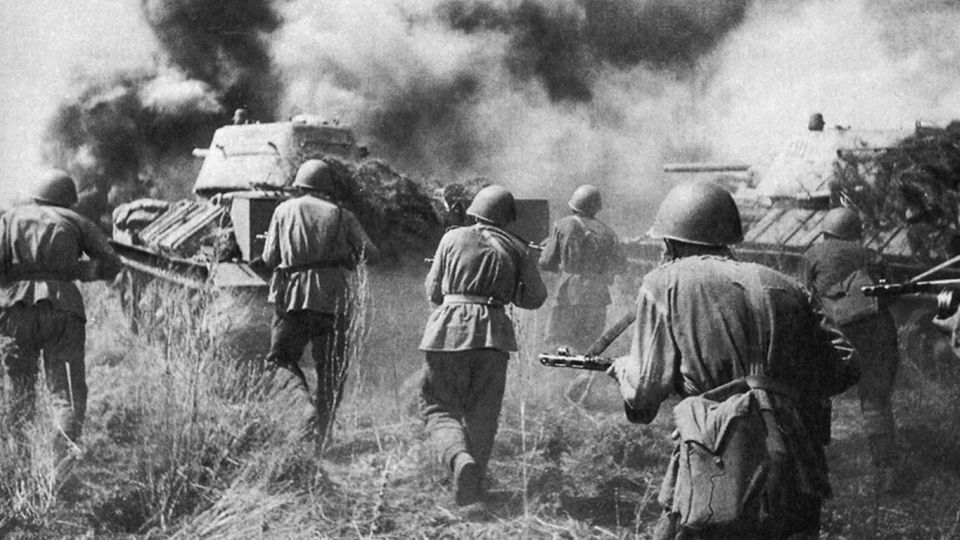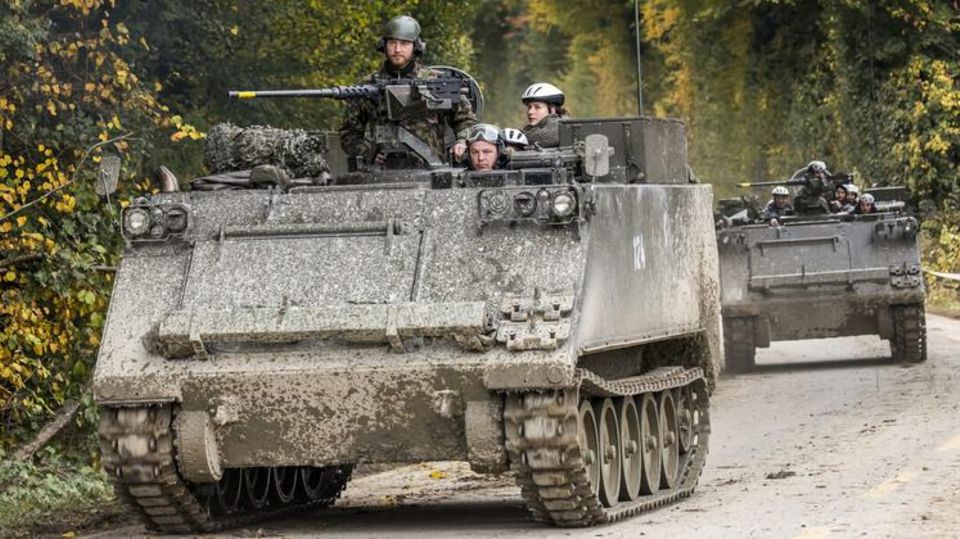analysis
Kiev’s counteroffensive
War of logistics – the key to a victory for Kiev are the Russian supply routes
The explosive charge in a truck severely damaged the Crimean bridge.
© Ukraine Security Service (SSU)
The focus is on the supply of battle tanks, but the Russians’ Achilles’ heel is their supply. If Kiev manages to cut the lifelines of Putin’s invading army, they won’t be able to hold their positions west of Mariupol for long.
In 2022 Ukraine had two big offensive successes. East of Kharkiv, their troops – with the help of US reconnaissance – found a weak spot in the thinly manned Russian lines. A bold thrust behind the exhausted Russian troops resulted in a hasty retreat, leaving the Russians with much material behind but at least salvaging their troops. Such a victory by “duping” will not happen again in 2023. Putin now has far more troops in Ukraine, who expect an offensive and are preparing for Ukrainian ground operations in a deep defense system.
Kherson operation
The reasons for Ukraine’s success in the Cherson region are more promising. Here there was also a ground offensive by Ukraine, which alone made slow progress and cost great losses at the front, but the city of Cherson and the entire area west of the Dnipro managed to be liberated. The Russians cleared the region. Apparently a deal. The Russians were able to get about 20,000 men across the river in a few days without significant losses, and the Ukrainian troops were able to liberate the city in dense formations without being fired upon.
How was that possible? Logistics decided the battle. Kiev had managed to cut off the Russian supply routes across the Dnieper. The main purpose of the ground operations was to increase the material consumption of the Russian troops. The Russians were no longer able to bring enough supplies across the river via makeshift bridges. In order not to endanger their entire contingent, they withdrew.
Crimea and land bridge
A similar scenario, albeit on an XXL scale, could also ensure Kyiv’s success in the summer of 2023. The public always imagines an “offensive” as a ground operation. Tanks – keyword Leopard 2 – and grenadiers make a breach in the enemy front, then advance and cut the enemy off from his rear. But a pure ground offensive is risky. The Russians have reinforced the crucial points of the front with defensive positions. Analyzing them, one can scoff at the fact that this is some form of Stalinist-style defense, and one is quite right. However, the defense of trenches and bunkers is now reinforced by drones, anti-tank guided missiles, and manpads. Burrowed infantry can kill an attacker at long range. In addition, there is the Russian artillery, which must be eliminated before a promising advance. Another problem: Kiev can muster about 50,000 fresh troops for the offensive. Ukraine can therefore not afford major losses.
These preparations will benefit Putin’s soldiers in defense. However, they do not change the geographic location. West of the Donbass, Russian forces find themselves in a potentially precarious situation. Your supply has to overcome several bottlenecks. The most important connection to Russia runs through the Crimea. The peninsula, in turn, is connected to mainland Russia only by the bridge over the Kerch Strait. The bridge was damaged by sabotage last year. She will be a priority again. To do this, however, Kiev needs longer-range precision weapons that have a chance of overcoming Russian air defenses and that can also carry a warhead capable of destroying the bridge’s roadway.
If Kiev succeeds in destroying Putin’s prestige bridge, it will be difficult, if not impossible, for Moscow to supply troops in the west of the occupied territories. The Ukrainian attacks on camps and magazines reduce the supply buffer on the peninsula. But in addition to the bridge, Russian logistics have other Achilles’ heels. In the west, Crimea is only connected to the mainland by two narrow land bridges. These connections are also vulnerable, be it through land operations blocking the crossings.
Accurate ranged weapons
In addition to the Crimean route, there is the Russian-occupied zone between the Dnipro and the Black Sea. In some places, this zone is little more than 100 kilometers deep. The railway connection, on which Russian supplies depend, does not run directly on the sea, but north of Melitopol. Here, too, it is to be expected that Ukraine will attack this line. Be it by long-distance weapons or by partisans. Russia’s supplies depend on these three bottlenecks remaining open. If the lifelines are cut, Kiev’s troops only have to engage the Russians in skirmishes that require Russian fuel and ammunition that can no longer keep up. Putin’s nightmare: Ukraine’s allies decide how great the chances are of holding the crucial bridge. If a partner Kiev supplies long-range precision weapons, it’s only a matter of time before the bridge is hit.




